- 8 Aktuální žádosti o pomoc Poraďte svým kolegům
- Požádejte o pomoc
- Podejte dotaz do fóra
- Vložit hotový případ
- LOG Decoder
Žádost o pomoc
Žádost o pomoc vyplňte, pokud máte rozpracovaný diagnostický případ na konkrétním vozidle, u kterého potřebujete pomoci zjistit skutečnou příčinu závady.
Pro naše nekonvenční metody je nutný základ znalostí a mít vlastní vybavení minimálně pro "logování", lépe však osciloskop. Nejlepší přípravou pro práci jsou naše videoškolení a akademie.
Jak to funguje?
Do online formuláře v jednotlivých krocích vyplníte všechny důležité údaje k případu a poté Vám ostatní registrovaní diagnostici poradí v komentářích*.
Supervizor a moderátoři FCD.eu samozřejmě vše doplňují a kontrolují správnost informací, aby cesta vedla ke správnému cíli.
Požádat o pomocDiagnostický případ
Seat - occasional drop-outs of cylinder #3

Informace o vozidle
| VIN: | |
| Výrobce: | Seat |
| Model: | Ibiza |
| Rok výroby: | 2002 |
| Kód motoru: | 1.4 |
| Typ motoru: | AUD |
| Výkon (kW): | 0 kW |
| Převodovka: | Manuální |
| Palivo: | Benzín |
| Najeto: | 0 km |
- paměť závad nečtena
- nelze se spojit / asi chyba auta
- během jízdy
- [16684]
- [16685]
- [16687]
- trvalá závada
- sporadická závada
Doposud provedeno bez úspěchu
None.Závěr
VOZIDLO JSEM NEOPRAVOVALReplace the intake and exhaust valves and ignition cables.
Summary:
During testing the fault displayed itself only intermittently, gradually and when warm and cold. Once the fault of the engine misfire appears and then the engine is switched off and restarted the fault will not appear again. Sometimes it appeared after long periods of idle and sometimes immediately on a cold engine. During initial engine inspection we discovered damaged ignition cables of cylinders #1 and #3. They were not the cause. No problem with injectors. We also discovered a defective ECU ground, this was also not the cause. We performed several compression tests that didn't show reduced compression on any cylinder. The MAP sensor signal showed intermittent deviations in pulsations of cyl. #3. It seems like a seizing valve on cyl. #3. After removing the cylinder head we discovered a bent valve that wasn't seizing but made its own path and was sealing. There are no valve contact marks on the piston head and testing the crankshaft and camshaft synchronistaion verified that the timing belt setting was OK. We think that what happened was that when the valve turned there were occasions when it didn't seal properly. What was the cause of the bent valve, just don't know.... :))
Obrázky, fotografie a soubory
Pic. 1: DTC memory (1466/1)
The DTC memory confirmed the mechanical damage of the ignition cables.Pic. 2: Ignition (1466/2)
The engine is running on 3 cylinders and the ignition doesn't show any drop-outs, even when accelerating.Pic. 3: Camshaft x Crankshaft (1466/3)
The BLUE trace from the crankshaft signal is displaying a regular fault, probably caused by the ignition.Pic. 4: Recording from acceleration (1466/4)
A - voltage drops during ignitionB - unstable ground of the ignition coil
Pic. 5: Recording after repairing a loose ground connection (1466/5)
After repairing the loose ground the noise on the speed sensor signal disappeared.Pic. 6: Injectors (1466/6)
At the time when the fault started to show, fuel was injected into all cylinders. As a verification we exchanged injectors between cylinders #2 and #3.Pic. 7: Lambda sensor (1466/7)
Oxygen shocks were present at idle and they are coming from one cylinder. After a detailed comparison of all injector signals, it was evident that it was necessary to clean them with ultrasound (one injector had a different path of the inductive "hump").Pic. 8: Compression (1466/8)
Testing compression on a warm and cold engine didn't reveal reduced compression on any cylinder.Pic. 9: Dynamic pulses in the intake manifold (1466/9)
BLUE - crankshaft position sensor signalRED - MAP signal
The recording was triggered using current clamps on cyl. #3.
A - a ripple in cyl. #3 pulsation
B - spike from ignition




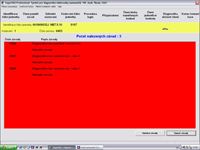
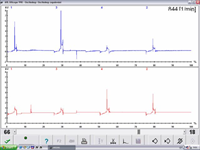
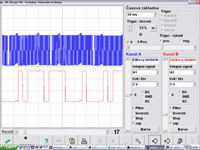
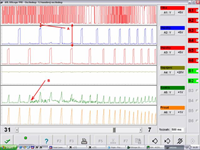
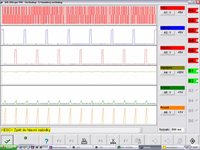

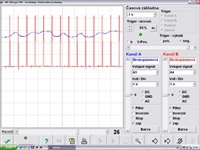
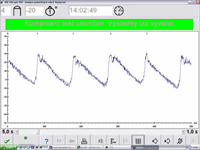
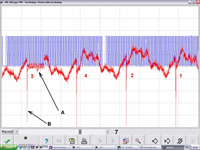

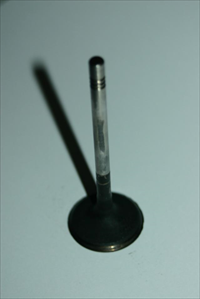
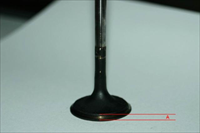



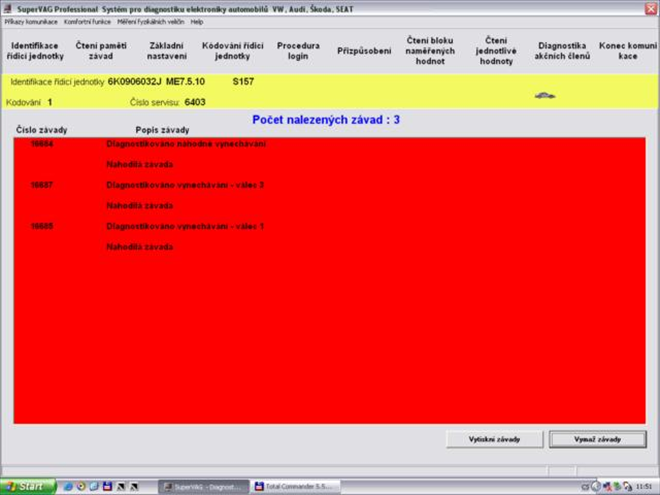
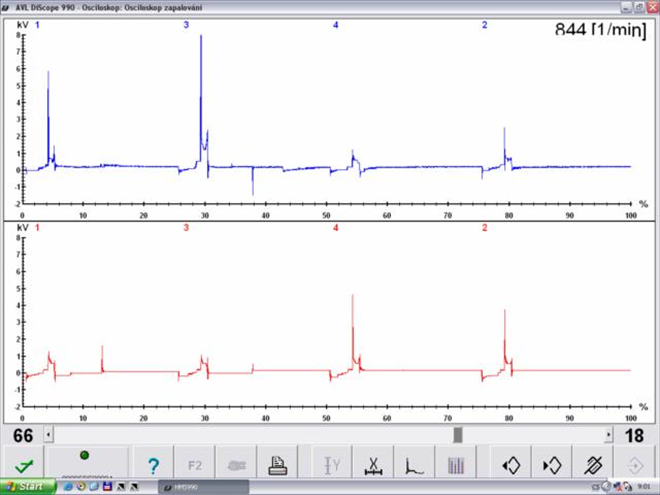

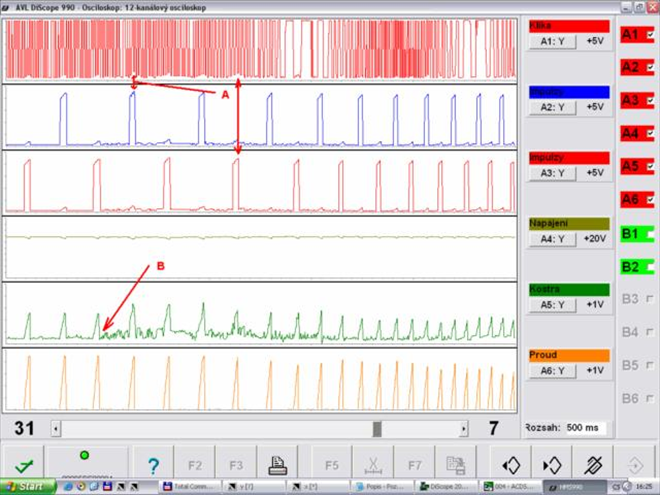
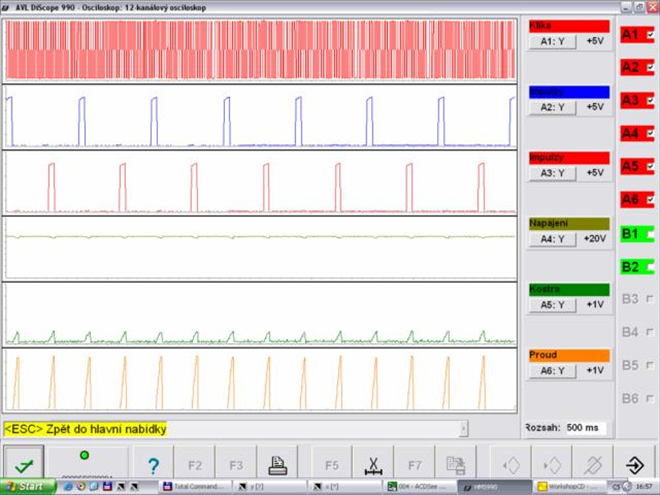
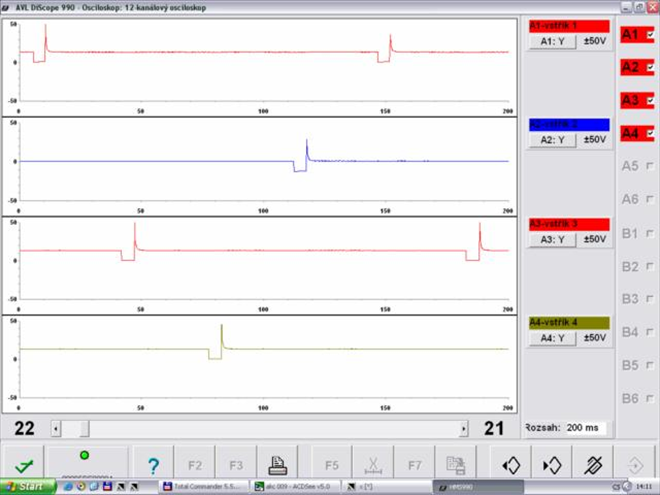
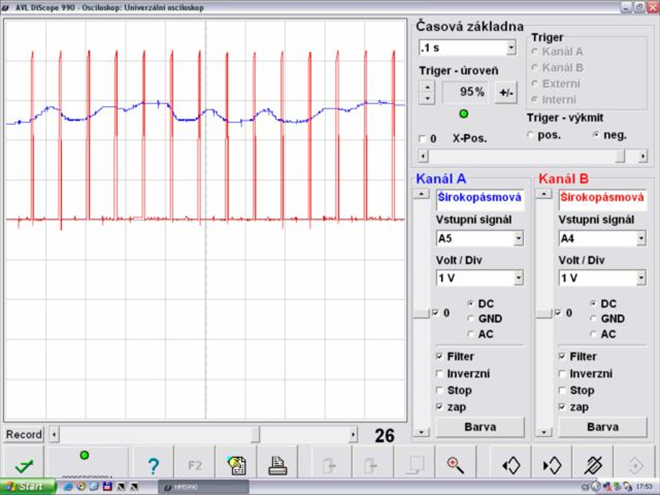

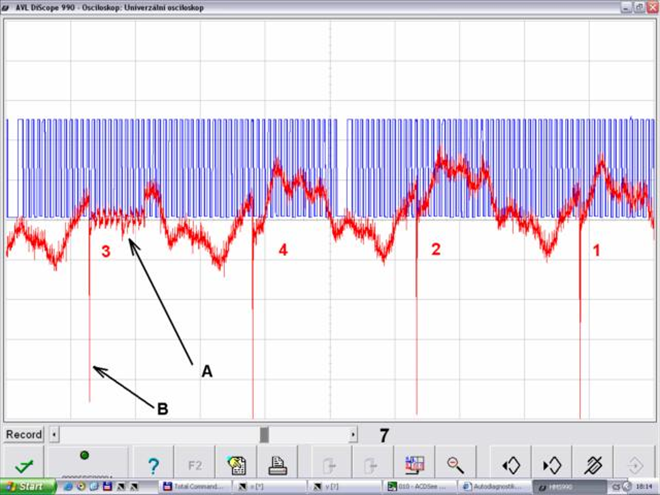

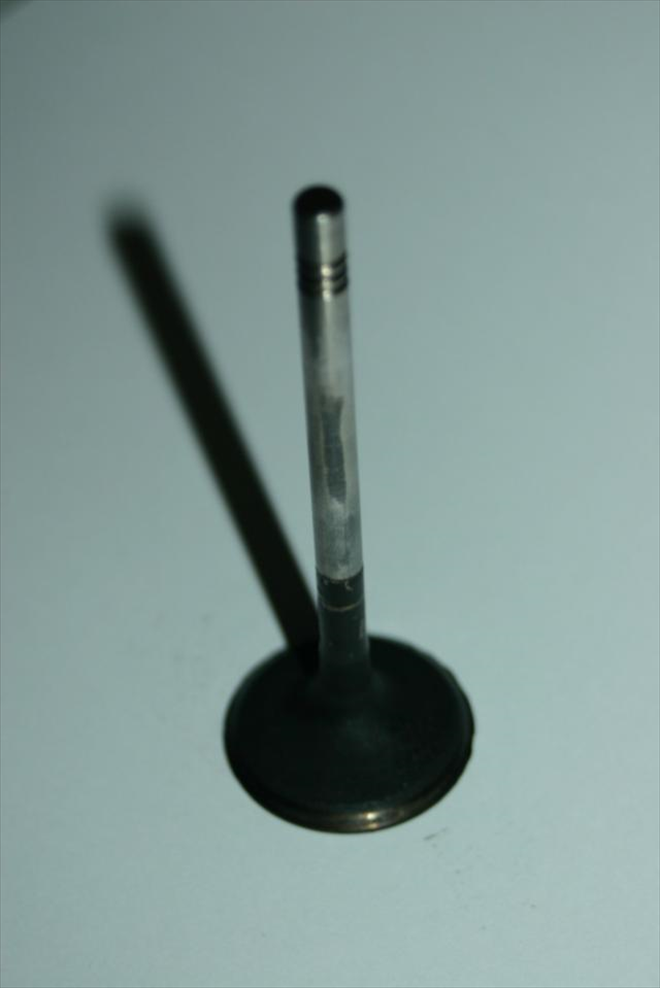
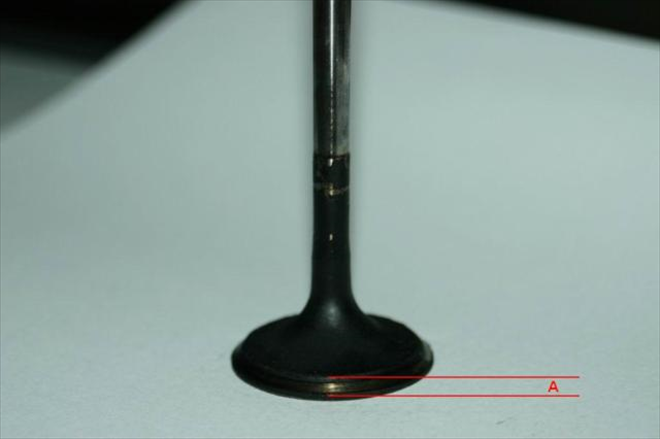
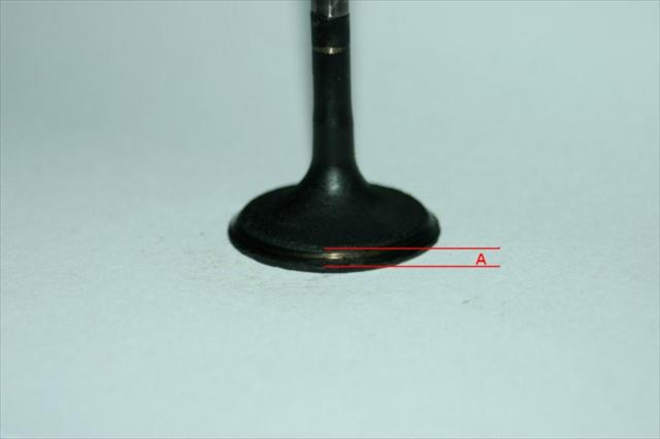
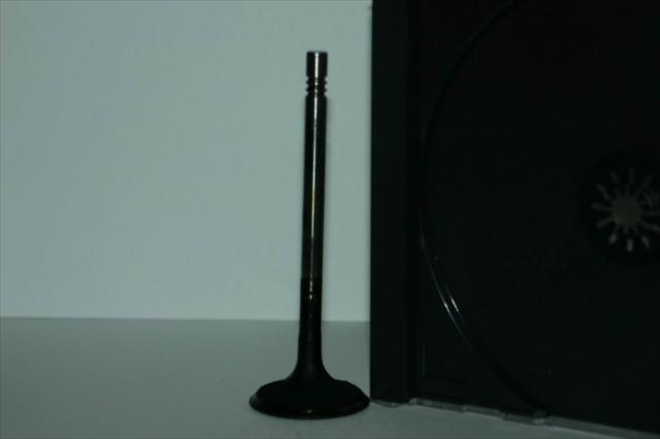
Komentáře (0)